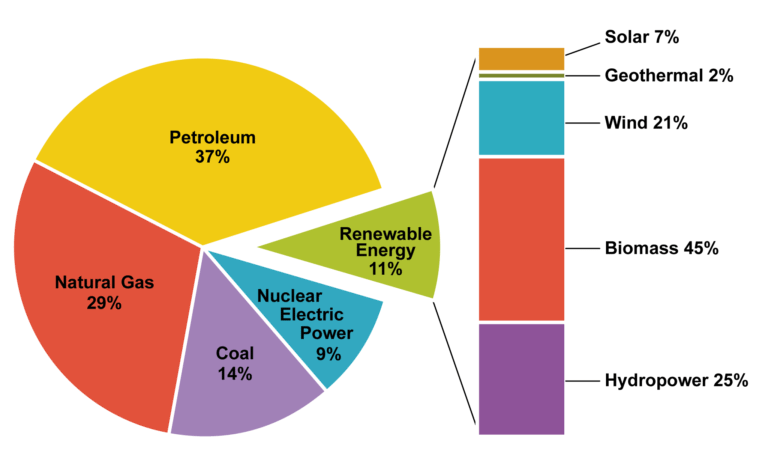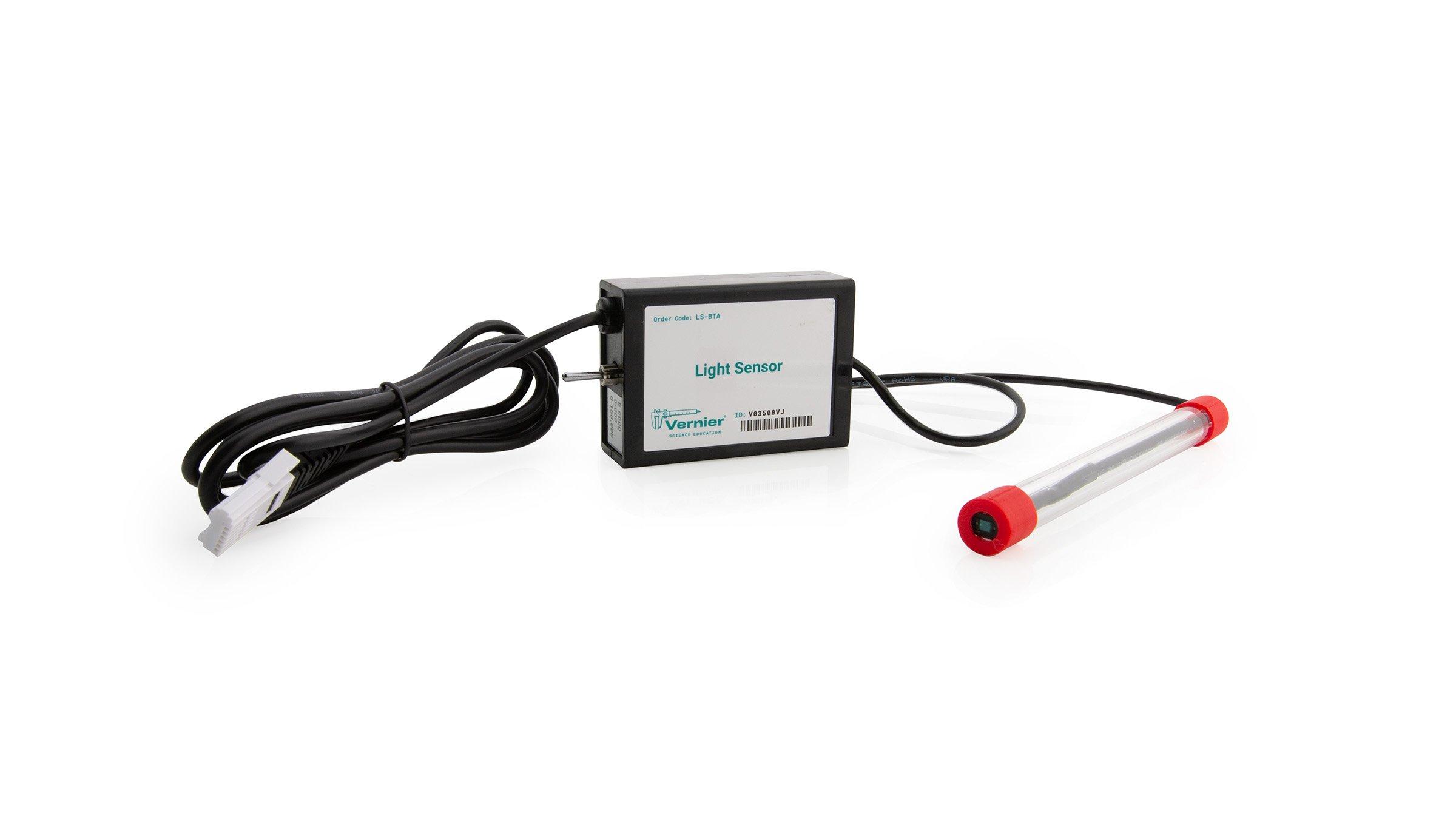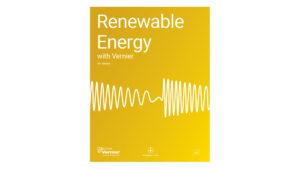Renewable Energy: Why is it So Important?
Experiment #1 from Renewable Energy with Vernier
- Education Level
- High School

Introduction
We all use energy—to travel to school, charge electronics, turn on lights, and even to fill a cup with water. Where does this energy come from? Energy sources fall into two categories: non-renewable and renewable.
Non-renewable energy comes from sources such as coal, natural gas, and petroleum, which are finite and cannot be replaced in a short time period. For example, all the petroleum we use today was formed hundreds of millions of years ago. Any petroleum we might try to make today would not be ready for millions of years. When used, non-renewable energy sources generate pollutants and contribute to climate change.
Renewable energy sources, in contrast, are replenished in a short period of time. Solar, wind, and hydroelectric energy are considered renewable. In some places, the sunshine provides usable solar energy on most days. In other regions, the wind blows regularly, making it possible to reliably generate energy from the wind. If people live close to a large river, they may be able to use a dam to produce hydroelectric energy throughout the year. When renewable energy sources are used, they produce little to no pollution.
Objectives
- List examples of non-renewable and renewable energy sources and describe the differences between them.
- Learn about energy conversion.
- Gain familiarity with a Light Sensor and data-collection software.
- Calculate the reduction of carbon dioxide production when using renewable energy sources to generate electricity in place of non-renewable energy sources.
Sensors and Equipment
This experiment features the following sensors and equipment. Additional equipment may be required.
Option 2

Ready to Experiment?
Ask an Expert
Get answers to your questions about how to teach this experiment with our support team.
- Call toll-free: 888-837-6437
- Chat with Us
- Email support@vernier.com
Purchase the Lab Book
This experiment is #1 of Renewable Energy with Vernier. The experiment in the book includes student instructions as well as instructor information for set up, helpful hints, and sample graphs and data.


